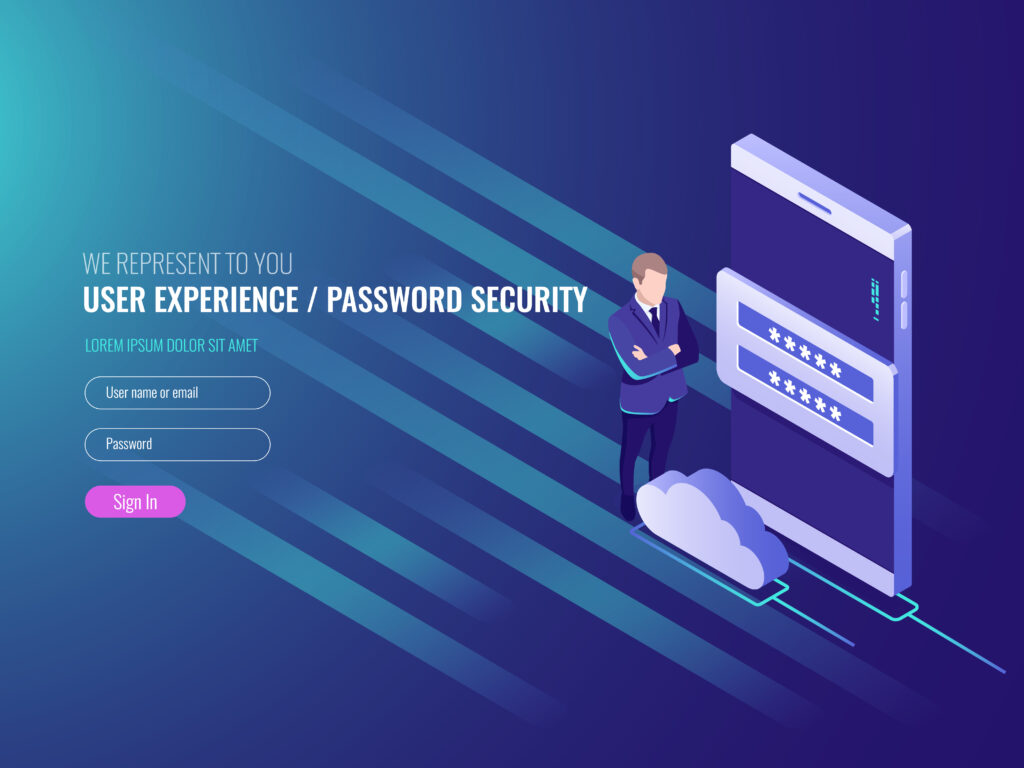Two-factor authentication (2FA) is a security protocol that mandates the provision of two distinct forms of identification to gain access to a secured entity.

Utilized to bolster the security of online accounts, smartphones, or physical access points like doors, 2FA demands two types of user-provided information. This typically includes a password or personal identification number (PIN) as the first factor, and a secondary element like a code dispatched to the user’s smartphone (known as a message authentication code), or biometric data such as fingerprints, facial recognition, or retinal scans.
Key Points:
- Two-factor authentication (2FA) is a security measure requiring two separate forms of identification for access.
- The initial factor is typically a password, while the second involves a code sent via text to a smartphone or other biometric methods.
- While enhancing security, 2FA is not infallible.
Understanding Two-Factor Authentication (2FA): Designed to thwart unauthorized access reliant solely on stolen passwords, 2FA addresses the vulnerability of individuals using identical passwords across multiple platforms. Factors in 2FA can encompass:
- Something you know (e.g., your password)
- Something you have (e.g., a text code on your smartphone or a smartphone authenticator app)
- Something you are (biometrics like fingerprints, face, or retina scans)
Two-factor authentication extends beyond the digital realm, evident in scenarios like entering a zip code before using a credit card at a gas pump or inputting an authentication code from an RSA SecurID key fob for remote access to an employer’s system.
Despite the slightly extended login process, security experts recommend implementing 2FA wherever feasible, including email accounts, password managers, social media, cloud storage, and financial services.
Examples of Two-Factor Authentication (2FA): Apple employs 2FA to restrict access to accounts only from trusted devices. Users attempting to log in from an unfamiliar computer need both the password and a multi-digit code sent to one of their registered devices.
Businesses also leverage 2FA to control access to networks and data. Employees may require an additional code to sign into remote desktop software for offsite work.
Special Considerations: While enhancing security, 2FA is not foolproof. It provides an added layer of verification beyond PIN or CVV entry but is susceptible to hacking methods such as phishing, account recovery procedures, malware, and interception of text messages used in 2FA.
Critics argue that text messages do not constitute true 2FA, labeling the process as two-step verification. Nevertheless, this approach is more secure than relying solely on passwords. Even more robust is multi-factor authentication, which necessitates more than two factors for account access.